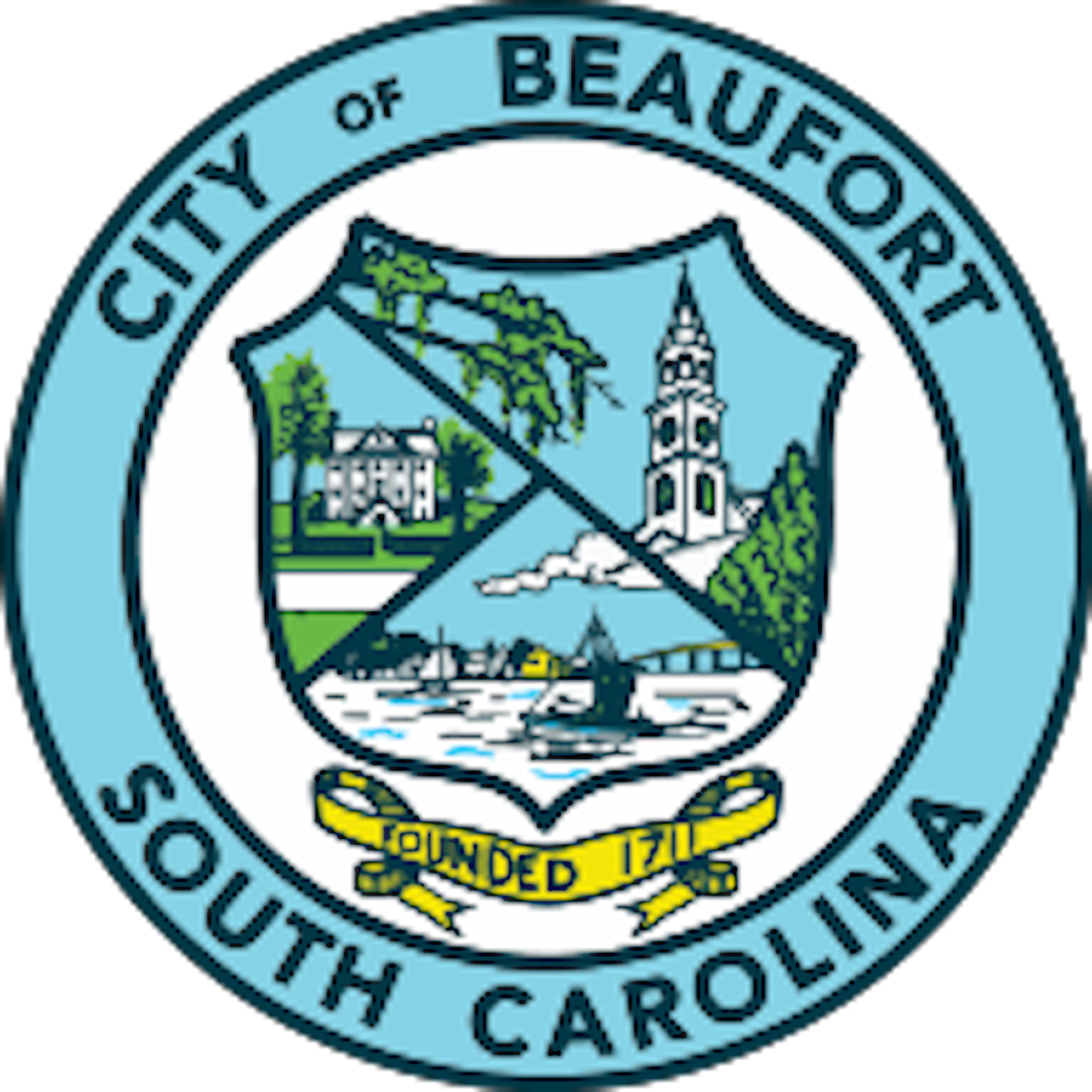By Jack Sparacino
According to Wikipedia, “The modern Thanksgiving holiday traces its origins from a 1621 celebration at the Plymouth Plantation, where the Plymouth settlers held a harvest feast after a successful growing season.” The menu included wonderful shellfish, including clams, lobster and mussels.
Ah, clams. The fishing, crabbing and shrimping are so good down here, I barely gave clams a thought for years. Then one day, while bottom fishing, I got hung up and pulled hard. Lo and behold, up came a rather large clam that had eaten my bait. Aha, I thought, there ARE clams down here, now where to find them in quantity? And without getting stuck in the pluff mud, a sticky habitat that they, but not I, actually like.

Here are 10 things I’ve learned in the course of harvesting hundreds of Lowcountry clams, almost 400 years after that Pilgrim feast.
1. Clams are widely distributed in local waters, including saltwater creeks and rivers. The first good place we found was at Hunting Island, more specifically on either side of the bridge going over to Fripp Island. There are many other good places around.
2. Simple works just fine. A garden claw (hand cultivator) or heavy duty four prong rake and a bucket are all you really need.
3. Clamming down here is a bit of work. Even in the best beds, plan to spend an hour or more collecting 60 clams (but remember, at about 50 cents a clam in stores, you just “earned” $30!). If you prefer to stoop and work on one knee, as I do, wear knee pads or bring an old towel to kneel on.
4. Wear comfortable, sure-grip footwear such as good sneakers or crocs and be very careful when working around oyster beds not to lose your balance and fall onto the very sharp edges of oyster shells.
5. Try to “think like a clam.” Work along grass lines and oyster beds that get wet at high tide. Also try around pilings and in “rough” patches of sand mixed with broken shells between the grass and the water. Look for broken clam shells on the surface.
6. KEEP MOVING. If you don’t find at least two clams within a minute or two, move 5-10 feet and try again. Repeat.
7. Consider discarding any clams that are more than 4 inches across; they tend to be rather tough, though they can be cut up for chowder, fried, or used as fish bait.
8. Stretch your back periodically and enjoy the view; this should be fun and relaxing along with the work.
9. Bring a friend. For company, yes, but also to help in case you need first aid, for example due to cuts or bruises from a fall. Sort of like “always swim with a buddy” as I was taught as a kid. Plus, the extra hands will help you find the most productive areas more quickly.
10. Check DNR (Department of Natural Resources) rules about when the season is open for harvesting clams (summers are closed), minimum size, license requirements, etc.
Simple recipe for steamed clams
The clams down here are delicious, they just get overshadowed by all the wonderful shrimp and oysters that are available. Here’s a simple recipe for steamed clams that we love:
Start with about 50 clams (small is best) that have been thoroughly rinsed off and then allowed to sit and self-clean overnight in a pail of clean fresh or salt water (we use tap water).
Chop a large onion; sauté in a pot with butter and olive oil. Add 1/2 tsp Old Bay seasoning and 3-4 minced garlic cloves.
Add the clams, then a light colored beer, a can of diced tomatoes, and a few shakes of hot sauce (to taste).
Cover the pot, turn burner to high; check after 5 minutes. Re-cover and continue cooking another 3 minutes if more than a few clams are still closed.
Remove pot from heat; ladle open clams and broth into a bowl or serve over pasta (discard any clams that did not open). Serve with crusty bread and a salad; put out some grated parmesan cheese. Throw in some cold drinks or a bottle of wine.
Clamsgiving indeed.





